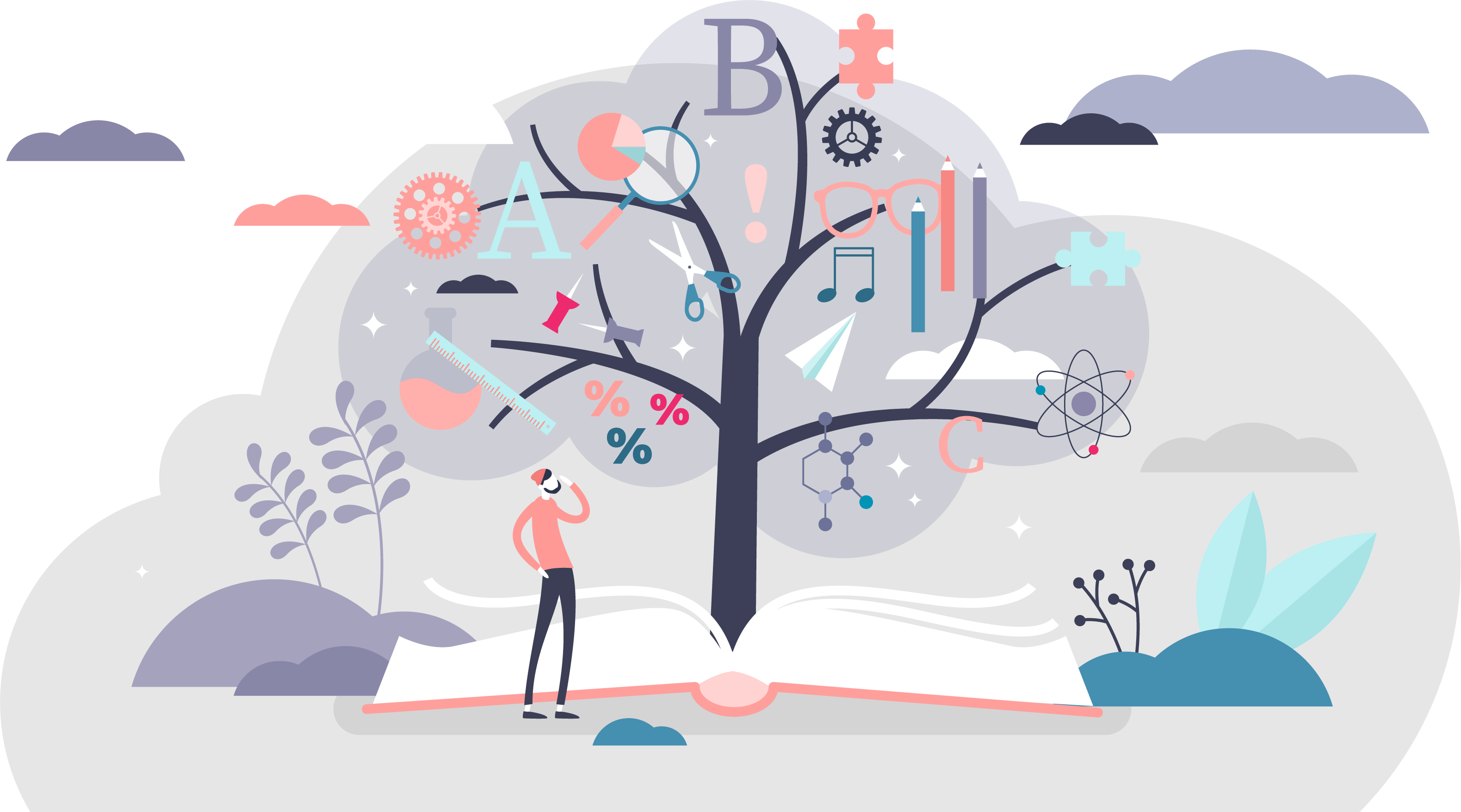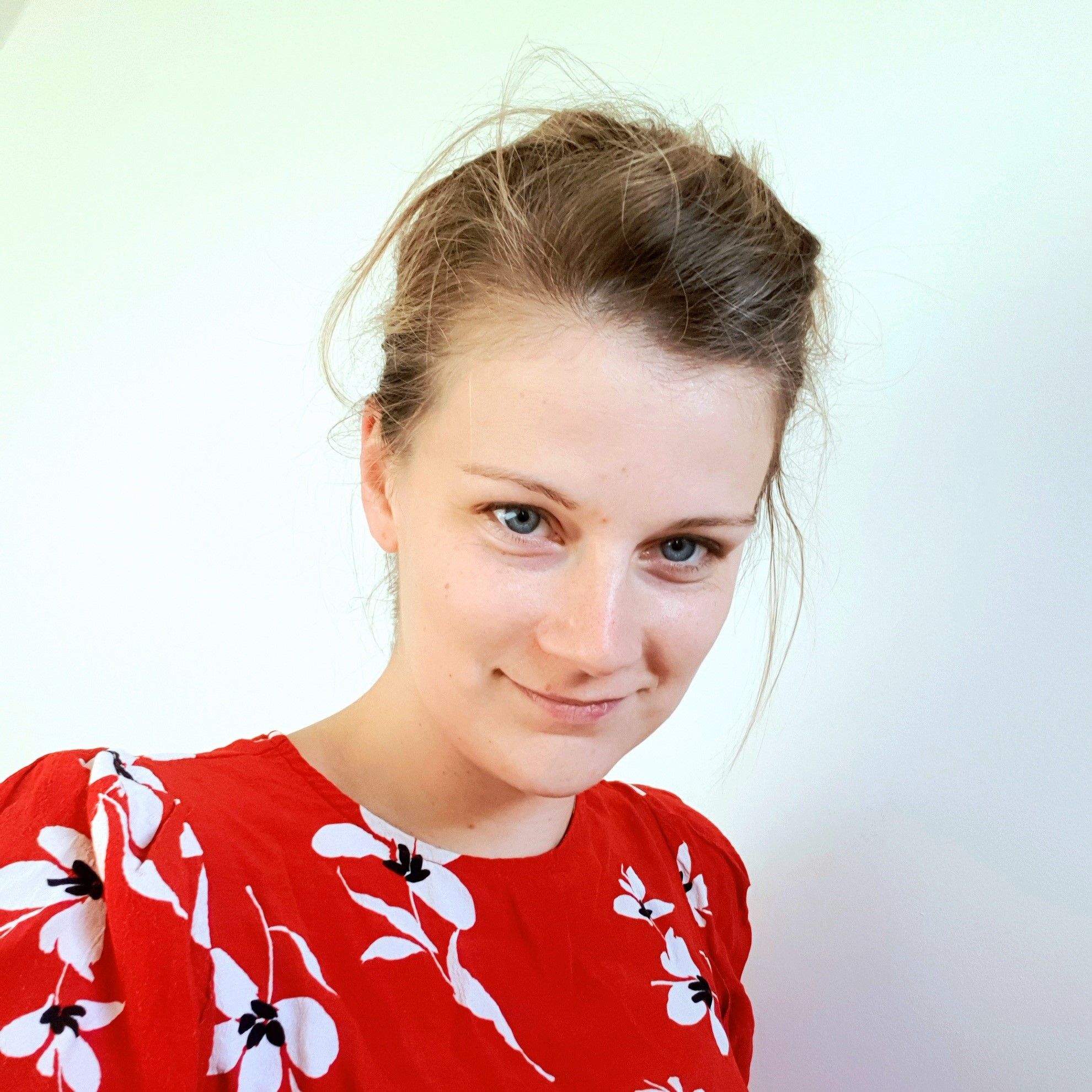Thoughts on Scrintal for Structuring and Writing Notes
Scrintal is a powerful and intuitive note taking and making software ideal for structuring your writing.

What is Scrintal?
Scrintal is a visual note management software. It uses an infinite canvas on which you can create post-it style notes with your ideas.
But whilst a post-it only has space for a sentence or two, the ‘post-its’ you create on here can be as long or as short as you need. And whilst the glue of your post-its will give up after a few re-sticks, notes in Scrintal can be moved around to your heart’s content.
If you’ve ever seen those detective programs on the TV, then you will no doubt have also seen the crime scene boards with strings linking all the connected ideas. With Scrintal, you can use the same approach and link your notes with similar ideas together.
Tags are another option to group similar subjects. There’s no folders here!
Scrintal was created by PhD students and is a perfect blend of usability and intellectual opportunity.

Who is Scrintal For?
Scrintal is definitely for those who benefit from seeing things in a ‘physical- digital’ form. It’s for people who like (or want) to see the wider picture, connections and patterns of individual concepts and notes.
I think it will be good for people who think in more ‘isolated’ pockets of thought but want to build these into a connected library. If you have a lot of small, chaotic notes, or you find yourself making lots of small notes, then Scrintal might be a good option for you to consider.
Sometimes zooming out on something can give a new perspective and seeing this visually can be very powerful. It certainly helped me out.
How have I used Scrintal
Scrintal was a life-saver for me. I literally created my whole literature review structure with it. I don’t (currently) use Scrintal for writing, but I do use it for converting a 3D web of notes into a linear structure.
When I started using Scrintal I could see how topics connected together, what order they needed to be in and what was missing.
I also started adding in references too. Because of the easy linking function, I could add a key paper into one area of my review, but make a quick note to other sections it was relevant for. I can’t tell you how instrumental this was in understanding how everything fits together and how the argument of my literature was flowing from start to finish.
Once I had this structure, I took it into Obsidian, into a linear folder structure (similar to my ‘blog pipeline’ structure). Because both systems use Markdown, they can ‘talk’ to one another in some respects.

What I don’t like about Scrintal (and why I mostly use Obsidian)
The issues around why I don’t like Scrintal are more ‘me’ issues rather than Scrintal issues! Scrintal forces you to work in a different way and it’s not one I have entirely made the transition to.
I feel with Scrintal I spend too much time working out how things fit together rather than just doing the writing and then do more broad connections from there. I almost feel like I have to create the structure first and then do the writing. That’s not actually the case because it’s designed around the idea of connecting notes, it’s just that I haven’t yet fully explored this as a way of taking notes; there are only so many hours in the day!
Part of the reason is that I haven’t gelled with the writing on Scrintal as much as I have with Obsidian. I don’t think it is built for long form content as much. But that’s OK. Because using for short-form content in future is exciting.
One thing that does annoy be a bit is I can’t connect notes at the visual level through connecting nodes between notes for example. I have to go into the note and add a link, which I find a bit noisy in the note itself. From a visual perspective, all the connecting lines are straight, which is better when notes are far away from each other because it’s cleaner, but when they are closer I find it a bit less appealing than a stepped line.
Because my internet is not very good, it can be slow at times.
If Scrintal was literally my whole ‘second brain’ then I would be a little concerned about its back-up capabilities. One would need to be very rigorous with the export feature!
I also am waiting for baited breath when they integrate with Zotero. Now that will change the game, because atomic paper notes … now we’re talking! Especially if it can work with pdf annotations and highlights.
They’ve sorted out some of my initial annoyances such as the resizing- resolution issue. Both Obsidian and Scrintal are making changes to their systems daily.
I think it just comes down to, I started on Obsidian first, I love it and I don’t want to move away from it. It’s not that Scrintal is bad (it’s excellent) it’s just Obsidian came first. Obsidian encourages one method of note-taking, Scrintal encourages another.
How much does it cost
In terms of cost, I pay $5 a month to use Scrintal as an early user and this cost is locked in for me as long as I continuously subscribe. This is a very fair price when you compare it with all the other apps out there. I don’t know what the price will be once it comes out of Beta, but I don’t imaging it will be much more. I think they are going to have a free version too.
For Obsidian, I pay to sync at $8 a month, though Obsidian itself is free to use.
For both programs I want to support the developers rather than worry about the cost too much. Both programs are incredible and well worth the money. If it is something you are concerned about, then as I just mentioned, Obsidian is free and may be your better option out of the two.

How is it different from Obsidian Canvas
Scrintal came out a good few months before Obsidian Canvas. Had it come out after I probably wouldn’t have paid for early access to Scrintal. However if you dislike Obsidian, then Scrintal is something to consider.
They’ve made a lot of improvements since it came out which make it functionally superior to the Canvas Obsidian plugin.
The major difference is that there is no folder structure in Scrintal to work from. Everything floats around in the ether until you add it to a board. It makes me, who is not used to working without folder or structure, feel uneasy. Some people love this. It means that you don’t have to think where to store your note, you just have to think how to use it, which is pretty powerful when you consider it.
I do worry that in a large system of notes, things will get lost easier. Unless I know how to find the note, then it might get lost in the fog. This is kind of what I mean when I need to think about structure, or connections, first. But that’s not a bad thing because it teaches you to not create isolated notes, but instead build them into a network. As I also mentioned above, it’s also transitioning to a different way of working or thinking.
I would say overall the functionalities are quite similar. Scrintal is currently a lot more limited in features than Obsidian generally, but this is not a bad thing.
What do I use it for now?
Personally I still love Scrintal because it is a quiet place to ideate. My Obsidian vault is getting incredibly noisy. Not messy; I like to keep a tidy vault I’ll have you know!! It’s just there’s a lot of stuff in there including a lot of reference notes. Sometimes I just need a clean and quiet space to thrash out the visual connections and structure of something before diving into the writing.
I do think it’s better for ideating and connecting ideas at an early stage than Obsidian and this is therefore how I use it. Going forward I think I will use it in a very project-specific way.
I find it particularly useful if I’m working on a paper or thesis chapter. I can work out the section paragraphs and make individual notes for each result that I have. Once I come to getting data, I can put images of graphs and tables in there. Then I can work out which ones tell my story and which ones are not really needed. I would then take this more concrete set of notes into Obsidian, Word or Overleaf to work on in more detail. Pretty cool.
I guess what I’m saying is that I really like it for structuring but less so for writing. I think for people who are much better at making short notes about something and then want to see how these fit into the bigger picture, it’s better than Obsidian.
I’m too long form orientated so it doesn’t sit with me as well in this respect. It’s not that it can’t do it, it absolutely can, I just prefer the Obsidian environment that’s all. But more note-taking adventures await as I’m always keen to explore different ways of working and thinking.
